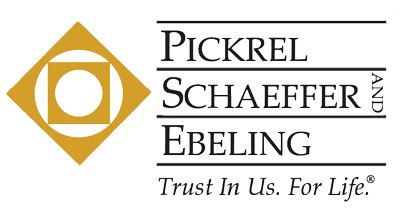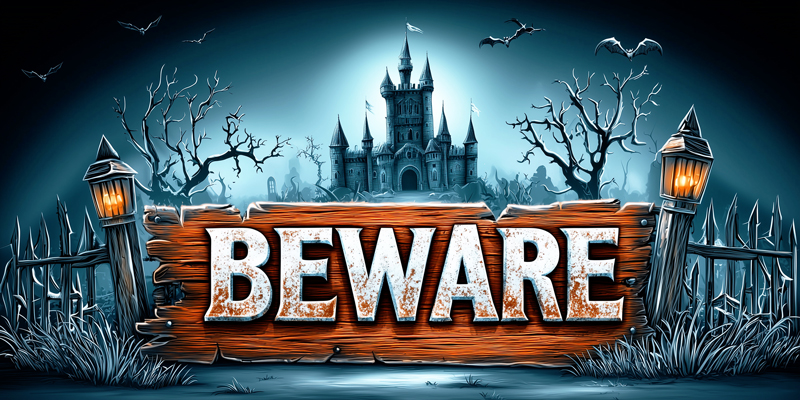Individuals must take annual required minimum distributions (RMDs) out of their IRAs when they reach age 73 or older (this starting age will increase to 75 in future years). For some taxpayers, the RMDs will push them into a higher tax bracket and cause them to be taxed at a higher rate. However, individuals aged 70 ½ or older can make tax-free Qualified Charitable Distributions (QCDs) of up to $100,000 directly from their IRAs to a qualified public charity. These QCD amounts will not be subject to income tax.
Recent legislation has added another provision that allows taxpayers to make a one-time QCD of up to $50,000 to a qualifying charity through a split-interest entity. A split-interest entity is defined as (i) a charitable remainder annuity trust (CRAT) under which the trust distributes a fixed amount to the non-charitable beneficiary, (ii) a charitable remainder unitrust (CRUT) under which the trust distributes a fixed percentage of the asset value of the trust to the non-charitable beneficiary, and (iii) a charitable gift annuity in which the charity pays an annual fixed amount to the donor in exchange for the contribution.
The relatively high cost of creating and maintaining a trust makes it economically unfeasible to use a CRAT or a CRUT to make a $50,000 QCD to a split-interest entity. But a charitable gift annuity can be set up easily and cheaply on standardized forms from your favorite charity.
There are several requirements the annuity must satisfy to qualify, including:
(1) The annuity must be funded exclusively by QCDs and commence with fixed payments of 5% or greater not later than one year from the funding date.
(2) Only the individual and their spouse may receive the annuity distributions, which are non-assignable.
The result of making the QCD in the form of a charitable gift annuity is the individual gives up the $50,000 RMD (which would have been ordinary taxable income) and instead receives a future stream of annuity payments with a total actuarial value of less than $50,000. The annuity payments the individual receives will be included in income over the annuity period, resulting in a significant tax deferral. The exact structure of the annuity period, such as whether the payments are to be received over the taxpayer’s life or a period of years, is up to the individual. One disadvantage of this arrangement is, unlike regular retirement plan distributions, the annuity payments may be subject to the 3.8% net investment income tax.
If you want to discuss making a QCD to charity from your IRA, please call or email one of our tax or estate planning attorneys at 937-223-1130 or JSenney@pselaw.com, or JClough@pselaw.com.













